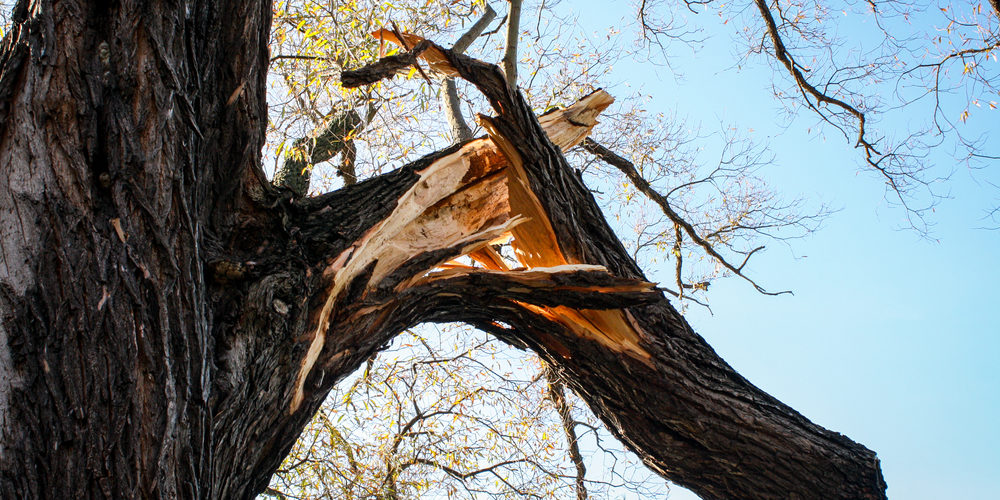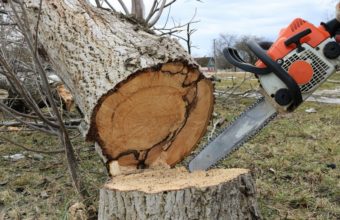Yes, you should prune broken branches from a tree as soon as you notice them. Broken or damaged branches pose several risks and should be addressed promptly for the health and safety of the tree.
Here are the reasons why you should prune broken branches…
- Prevent Further Damage – Broken branches are vulnerable to additional damage from pests, diseases, and environmental stressors. Pruning them helps prevent further harm to the tree.
- Disease Prevention – Open wounds on a tree are an entry point for pathogens, fungi, and pests. By pruning broken branches cleanly, you reduce the risk of infection and disease spread.
- Safety – Broken branches can be unstable and pose a safety hazard to people, pets, and property. Removing them minimizes the risk of falling branches, which can cause injury or property damage.
- Aesthetic Appearance – Pruning broken branches helps maintain the tree’s overall appearance and shape. Leaving broken branches can make the tree look unsightly and unbalanced.
Here are some guidelines for pruning broken branches…
- Use proper pruning techniques, making clean cuts just outside the branch collar and branch bark ridge.
- Remove the damaged branch back to a healthy and living section of the branch or trunk.
- Avoid leaving stubs or making flush cuts, as these can hinder proper wound closure.
- If the branch is too large to handle safely, or if it’s near utility lines, consider hiring a professional arborist with the necessary equipment and expertise to safely prune it.
After pruning, it’s a good practice to inspect the rest of the tree for additional damaged or weak branches and address them as needed. Regular tree maintenance, including pruning, can help keep your trees healthy, safe, and visually appealing.






